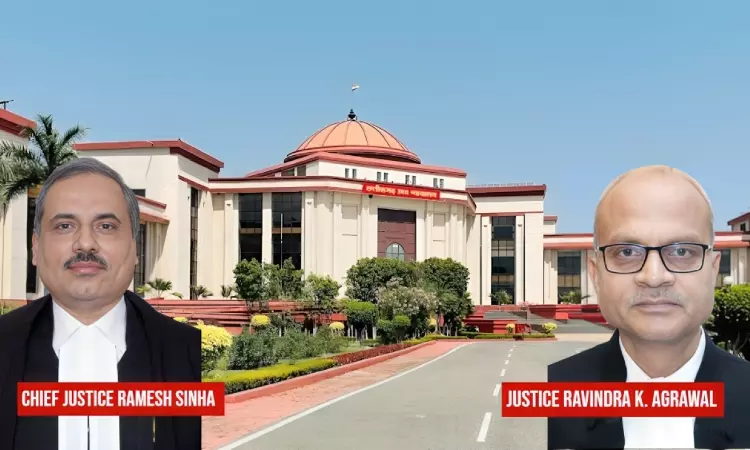S. 27 Evidence Act | Discovery Of Facts Concerning Co-Accused Would Be Admissible To Establish Charge Of Conspiracy: Chhattisgarh HC
Bhavya Singh
29 Aug 2024 6:44 PM IST

Next Story
29 Aug 2024 6:44 PM IST
In a recent judgement, relying heavily on circumstantial evidence to establish the accused's connection to the crime, the Chhattisgarh High Court upheld the convictions of several individuals involved in a murder case which was centred around a conspiracy linked to an extramarital affair.In its judgement, the Court emphasised the application of Section 27 of the Indian Evidence Act, 1872, in...
